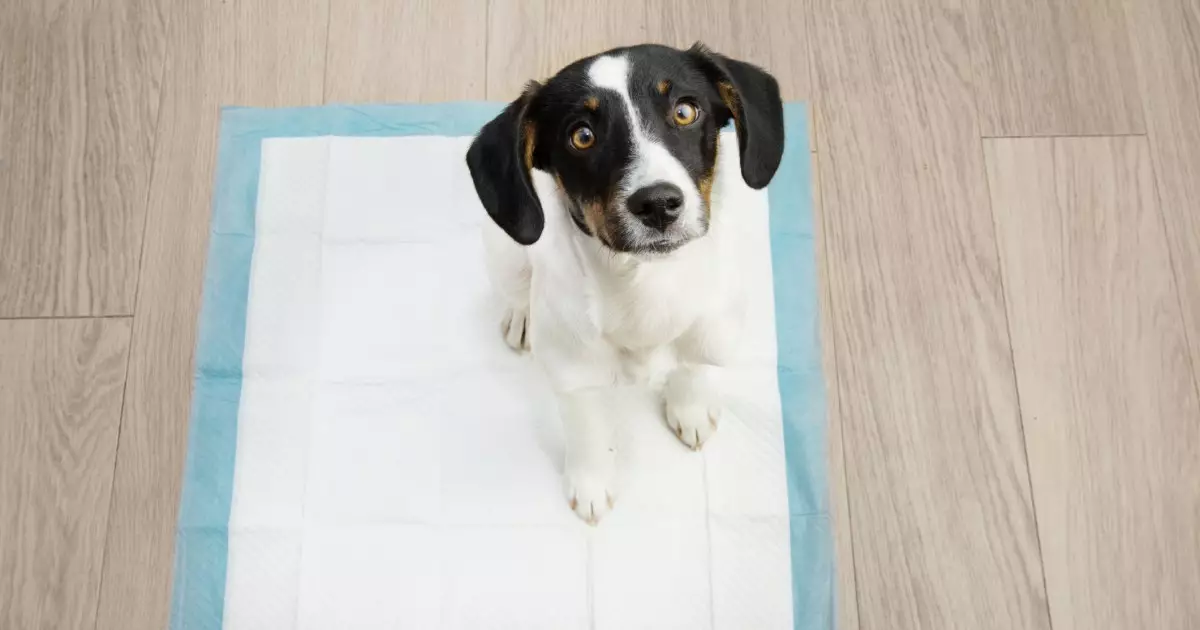Housetraining your puppy is one of the most crucial aspects of pet care. While it might seem like a daunting task, especially for first-time dog owners, successfully guiding your puppy through this process lays the foundation for a healthy and harmonious relationship. However, effective housetraining requires consistency, patience, and knowledge of the right techniques. Let’s delve into a structured approach to helping your puppy understand where it’s appropriate to relieve itself.
Consistency is paramount when it comes to housetraining a puppy. All family members or anyone involved in caring for the puppy should adopt the same approach to avoid confusion. Establishing a routine not only helps your puppy predict when it’s time to go outside but also reinforces good habits. Regular bathroom breaks should be scheduled, especially after meals, playtime, and naps, as these are the times when a puppy is most likely to need to relieve itself.
Creating a consistent schedule not only reinforces good behavior but builds an understanding in your puppy of what is expected. For example, if you take your puppy outside after every meal and before bedtime, they will learn to associate those moments with potty breaks.
In addition to a consistent routine, vigilant supervision is essential during the housetraining phase. Puppies are naturally curious and playful, which can lead to accidents if they are left unsupervised. Owners should keep a watchful eye on their pet during playtime and even consider tethering the puppy to themselves if they cannot provide undivided attention.
When inside, it’s wise to restrict access to certain areas until the puppy has mastered housetraining. Using pet gates to block off rooms or areas can be effective in managing their space. This not only prevents accidents but also helps the puppy develop a sense of boundaries.
Positive reinforcement is one of the most effective strategies in training. When your puppy successfully relieves itself outside, offering immediate praise or treats creates a correlation between going potty outdoors and receiving a reward. This could be verbal praise, playtime, or a small treat.
However, it’s crucial to reward the behavior immediately after the puppy goes, as dogs have a limited time frame for making connections between an action and a reward. Consistency in the timing and type of reward will help instill the learned behavior.
Understanding your puppy’s body language can go a long way in effective housetraining. Puppies often exhibit subtle signs when they need to go, such as circling, sniffing the ground, or whimpering. Being attuned to these signals allows you to take your puppy outside promptly, reinforcing the idea that outside is the designated potty area.
If a pup has not relieved itself after being outside for a while, consider bringing them back inside briefly with water and then reattempting after a short break. This method encourages communication between you and your puppy and aids in their understanding of the routine.
Despite your best efforts, some challenges may arise during the housetraining process. Health issues could be an influencing factor; urinary tract infections and other medical conditions can make it difficult for a puppy to comply with housetraining. Consult with a veterinarian if you suspect any health concerns.
Moreover, too much water intake can also result in frequent accidents. If your puppy seems to drink excessively, it may be wise to ask for veterinary advice on appropriate water intake levels.
In situations where your puppy experiences repeated accidents, it’s vital to clean up the affected area thoroughly to eliminate any residual odor that may entice them to revisit the spot. Investing in enzymatic cleaners designed for pet messes can be beneficial.
It’s essential to recognize that accidents will happen during the housetraining process. Instead of resorting to punishment, which can create fear and anxiety, focus on prevention and redirection. Consistent positive reinforcement paired with patience will yield the best long-term results. Puppies thrive in environments of encouragement rather than chastisement.
As they grow and learn, it’s essential to offer praise for positive behaviors, showing them your approval every time they get it right. Housetraining may require dedication and persistence, but in the grand scheme of life with your furry companion, it’s an investment worth making.
Through understanding, consistency, supervision, and positive reinforcement, you and your puppy can navigate the journey of housetraining, ultimately fostering a strong and loving bond.

